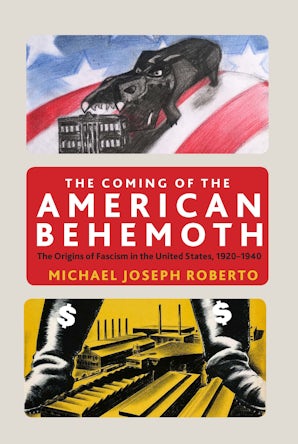Also in this issue
Books by Michael Joseph Roberto
The Coming of the American Behemoth
by Michael Joseph Roberto


